Here are six lessons Marvel’s Phase 5 can learn from MCU Phases 1-3 after Quantumania’s box office results and how it can avoid Phase 4’s mistakes.
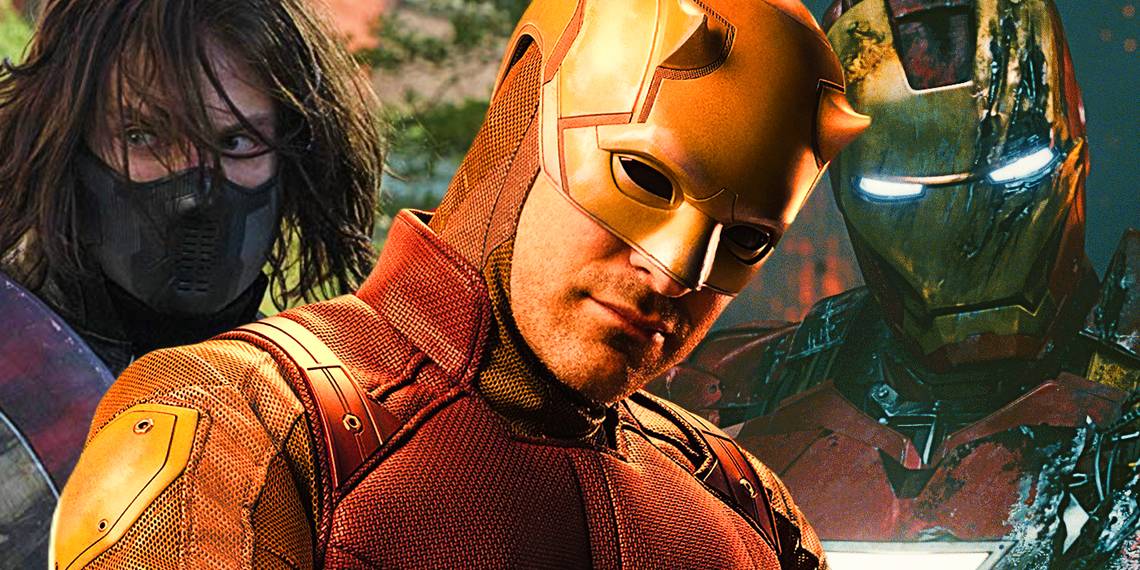
Marvel’s MCU Phase 5 can learn a lot from the MCU’s Phases 1-3. Ant-Man and the Wasp: Quantumania’s box office failure reveals that Phase 5 has a difficult path ahead of it. No superhero movie broke the billion-dollar barrier in 2022, sparking discussions regarding superhero fatigue and whether the MCU can still replicate Avengers: Endgame’s level of success. However, Marvel should not necessarily aim at replicating Endgame but instead focus on recapturing what made early MCU movies so special.
The MCU has changed a lot between Iron Man and Quantumania. In brief, following Marvel’s overarching story has become more complicated, and some problems and tropes are becoming too common. Quantumania’s box office has to do with the film’s issues, but it also reveals potential challenges Phase 5 will have to overcome. Here are six lessons the MCU Phase 5 can learn from Phases 1-3.
6.Fewer MCU Projects Per Year Would Make Marvel’s Releases Feel Bigger

The Marvel Cinematic Universe began in 2008 with two movies, Iron Man and The Incredible Hulk. There were no Marvel Studios movies in 2009, and Iron Man 2 was the only MCU film released in 2010. Both Captain America: The First Avenger and Thor premiered in 2011, followed by only The Avengers dropping in 2012. As a comparison, four MCU movies premiered in 2021; three premiered in 2022, and three will have been released by the end of 2023. That is not to mention the multiple MCU Disney+ shows dropping every year. Since Disney+ launched in 2019, Marvel Studios has released eight TV shows and two special presentations.
Marvel’s Phase 4, the first MCU phase to incorporate streaming shows, had more than 51 hours of content between WandaVision and Black Panther: Wakanda Forever. Marvel’s Infinity Saga, which counts for Phases 1-3, had less than 50 hours of content. In other words, Phase 4 alone was longer than the entirety of the Marvel Cinematic Universe’s first 10 years. Such a large difference between Phases 1-3 and Phase 4 explains why the post-Avengers:Endgame MCU has felt less special. Marvel’s Phase 5’s movie slate is already set, but a larger window between the Disney + shows would be positive.
5.Not Every MCU Movie Needs To Be An Avengers-Level Story
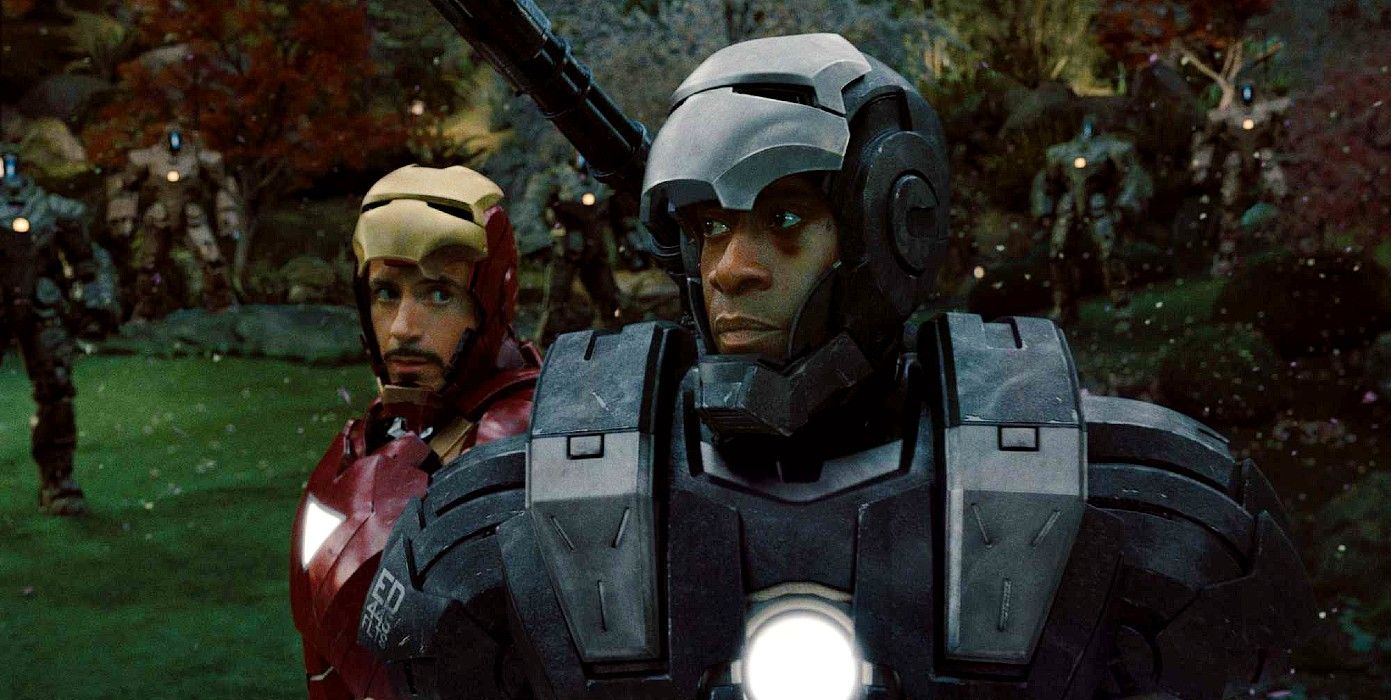
Avengers: Endgame broke opening weekend records and became the second-highest-grossing movie of all time. Featuring dozens of Marvel characters and a final battle that felt like a comic book brought to the screen, Endgame set the bar high for the MCU. Previously, Avengers: Infinity War had done something similar, offering a fast-paced, action-packed superhero where each scene was an ambitious Marvel crossover. Both Infinity War and Endgame showed the scale a Marvel movie could achieve, making it difficult for the MCU to go for anything smaller after that.
With so much MCU content available, every new Marvel film now has to feel like a must-see cinematic event. The problem is that not every Marvel character asks for an Avengers-level movie, something that Phases 1 and 2 nailed. Movies like Iron Man and Thor were not about the end of the world and didn’t have dozens of action pieces. Likewise, before The Avengers, solo MCU movies were actually solo stories. Now, movies like Spider-Man: No Way Home and Doctor Strange in the Multiverse of Madness are close to Infinity War in terms of scale.
Crossovers and large-scale stories have always been part of Marvel Comics. Still, the anticipation regarding whether Tobey Maguire and Andrew Garfield would appear in No Way Home or which multiverse Illuminati cameos would appear in Doctor Strange 2 overshadowed the movies’ actual stories. No Way Home is a successful example of making a sequel much bigger than the previous installment, whereas Ant-Man and the Wasp: Quantumania’s box office shows the problems with such an approach. The Infinity Saga found the right balance between event films and simpler stories. For example, Captain America: Civil War, an Avengers-level movie, was followed by the relatively low-stakes Spider-Man: Homecoming.
4. MCU’s Phases 1-3 Benefited From Having A Clear Endgame
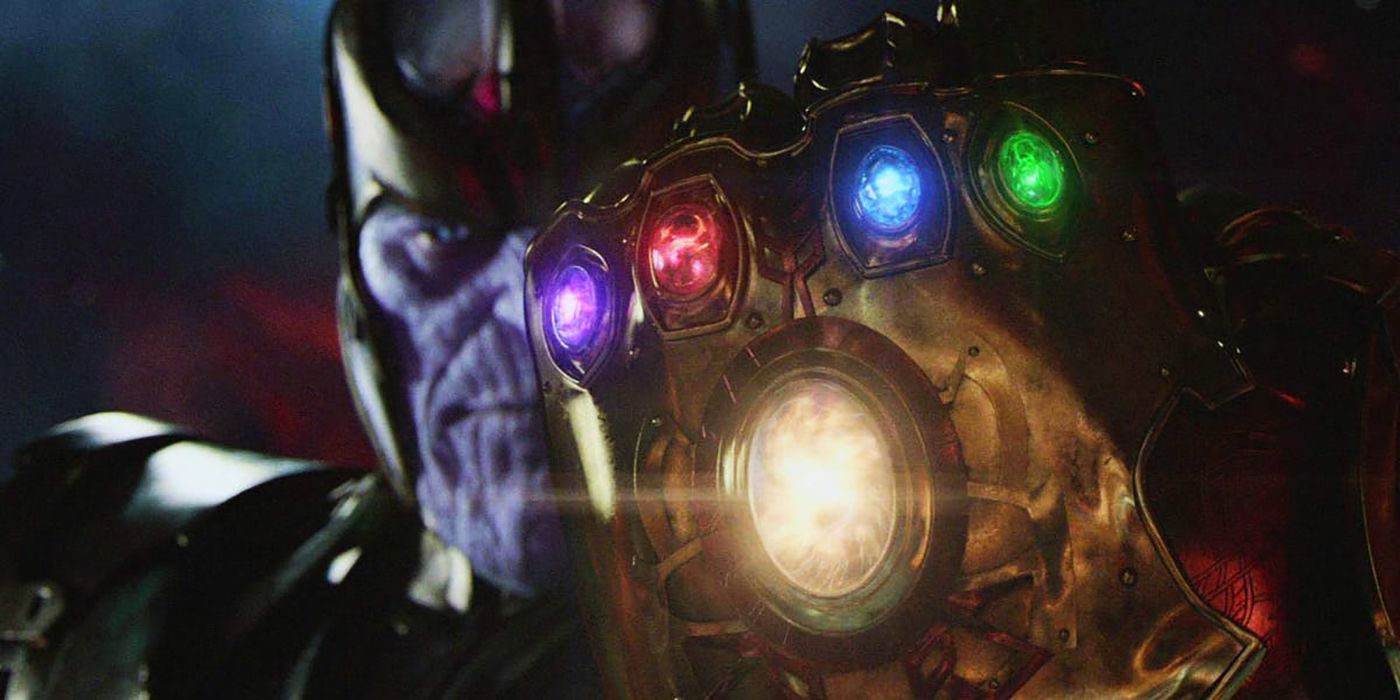
Marvel’s Phase 1 storytelling strategy was simple. From Nick Fury mentioning the Avengers Initiative in Iron Man to The Avengers’ first trailer releasing during Captain America’s ending credits, Phase 1 was all about forming the Avengers. Long-time Marvel fans knew from the start what the “Avengers Initiative” referred to, but Marvel also made it easy for those unfamiliar with the comics to understand it. By the time The Avengers premiered, both comic book readers and casual audiences were excited to see heroes like Iron Man and the Hulk fighting together on the big screen for the first time.
After The Avengers, the MCU continued to make it easier for audiences to understand what the franchise was building towards. The Avengers’ post-credits scene introduced Thanos, and Phase 2 heavily focused on the Infinity Stones. Instead of setting up the Avengers, Phases 2 and 3 were now about moving the chess pieces ahead of Thanos’ arrival in Avengers 3. Phase 4, on the other hand, lacked a clear endgame. It was only in July 2022, toward the end of Phase 4, that Marvel announced its plans for the Multiverse Saga. Even still, some releases like Moon Knight or She-Hulk: Attorney at Law feel dislocated from the bigger plan.
Essentially, following the Marvel Cinematic Universe has become more complicated. One of the reasons for the MCU’s success is how it appealed not only to comic book readers but also to casual viewers. Long-time Marvel readers know how the Blade movie can tie into Eternals’ Black Knightor what Doctor Strange 2’s Incursions mean for Avengers 5, but MCU films must speak to broader audiences. Fewer releases a year combined with a more streamlined storyline could help Marvel’s Phase 5 feel more exciting and easy to follow compared to Phase 4.
3.The MCU’s Early Years Thrived On Genre Diversity
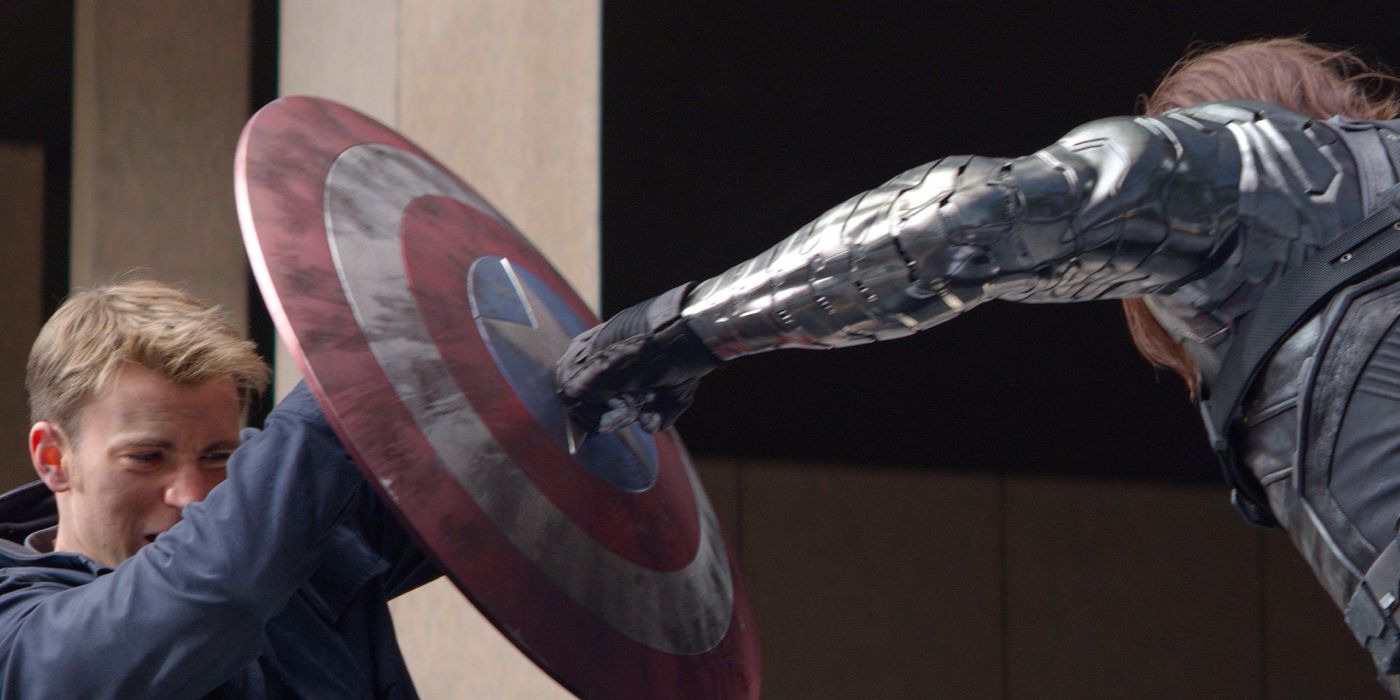
With so many superhero movies and shows released per year, it can be difficult for something to stand out. It can be argued that recent MCU releases have felt too formulaic, with similar structures and story beats. For example, the action-packed, CGI-heavy third-act battle trope can be found in most MCU movies and Phase 4’s TV shows. Releases like WandaVision and Moon Knight promised something unique within the Marvel Cinematic Universe, yet they still repeated several MCU tropes. Both WandaVision and Moon Knight ended with the usual action-packed third-act battle, even though neither of the shows asked for something of that scale.
Recent MCU movies and shows have been overall predictable, which cannot be said about Phases 1-3. Iron Man 3 was quite different from the first two Iron Man movies, Captain America: The Winter Soldier’s tone was the exact opposite of The Avengers, and Guardians of the Galaxy was a pleasant surprise. If upcoming MCU movies like The Marvels or Captain America: New World Order can recapture that unpredictability, Phase 5 will be an improvement from Phase 4. The same can be said about upcoming shows like Agatha: Coven of Chaos and Daredevil: Born Again.
2.Early MCU Post-Credit Scenes Were Simple & Effective

The MCU’s post-credit scenes are part of the franchise’s charm. From Nick Fury namedropping the Avengers Initiative in Iron Man to Thanos’ cameo in The Avengers, Marvel’s post-credits scenes changed how franchises and cinematic universes work. However, recent MCU post-credits scenes have been way more confusing and less effective than those from Phase 1. Nick Fury’s dialogue in Iron Man was simple and served to introduce the concept of “Avengers.” Similarly, Iron Man 2’s Thor Mjolnir sequence teased what the next Marvel Studios would be, and Thor’s post-credit scene led straight into The Avengers’ story.
Early Marvel ending-credits scenes were paid off quickly, so they were easier to follow than the ones from Phase 4. A Thor movie was already in the works by the time Iron Man 2 revealed the Mjolnir, for example. As a result, even those unfamiliar with those characters had an idea of what to expect. Now, moments like Clea mentioning Incursions in Doctor Strange 2 or Starfox and Pip the Troll appearing out of nowhere in Eternals are only making the MCU more complicated. Several Phase 4 post-credit scenes have yet to be paid off, a problem that Phase 5 must avoid.
1. Phase 1’s Avengers Setups Were Paid Off Quickly (Unlike Phase 4’s)
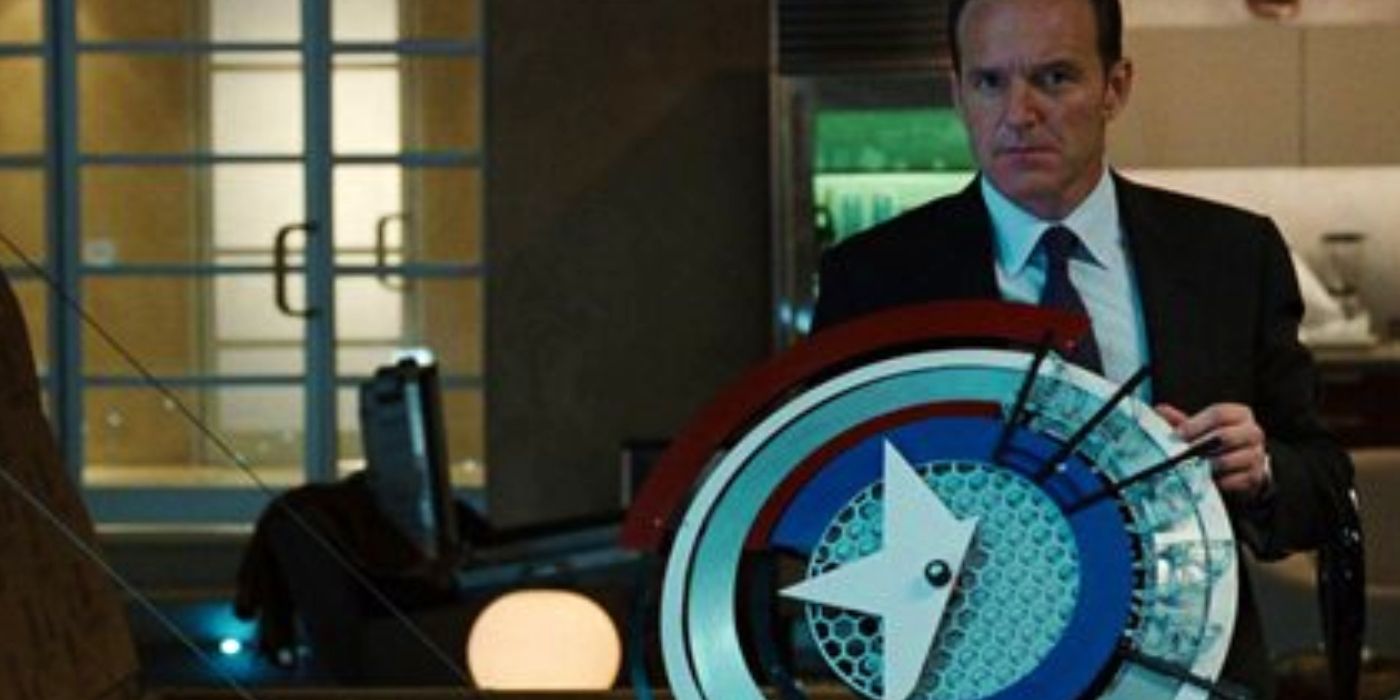
More than a post-credit scene problem, Marvel’s Phase 4 struggled with how many new characters and concepts it introduced. Agatha Harkness, the Eternals, Yelena, Shang-Chi, John Walker, Ms. Marvel, She-Hulk, and Moon Knight are just some of the examples in a long list of key Marvel characters that were introduced in Phase 4 alone. During the MCU’s Phase 1, only four soon-to-be Avengers received solo projects. While having more movies and shows releasing every year helps develop each character better, it also makes the MCU more difficult to follow. Most of the storylines set up in Phase 4 have yet to lead somewhere.
Marvel’s Phase 5 would benefit from not expanding the universe too much more. Instead, new MCU releases should focus on properly developing all the concepts and characters introduced in Phase 4. In addition, having more direct setups for Avengers: The Kang Dynasty and Avengers: Secret Wars could also benefitthe MCU Phase 5. For example, Captain America’s shield in Iron Man 2 was a simple, straight-to-the-point tease about the first Avenger. Now, it takes some complex, well-thought-out theories to predict how Moon Knight could tie into Kang the Conqueror’s past or how the Ten Rings could lead into Avengers 5.








